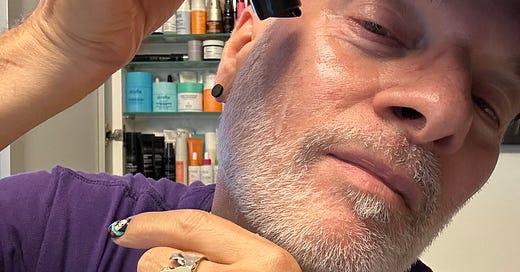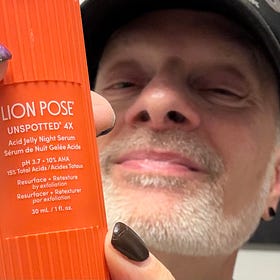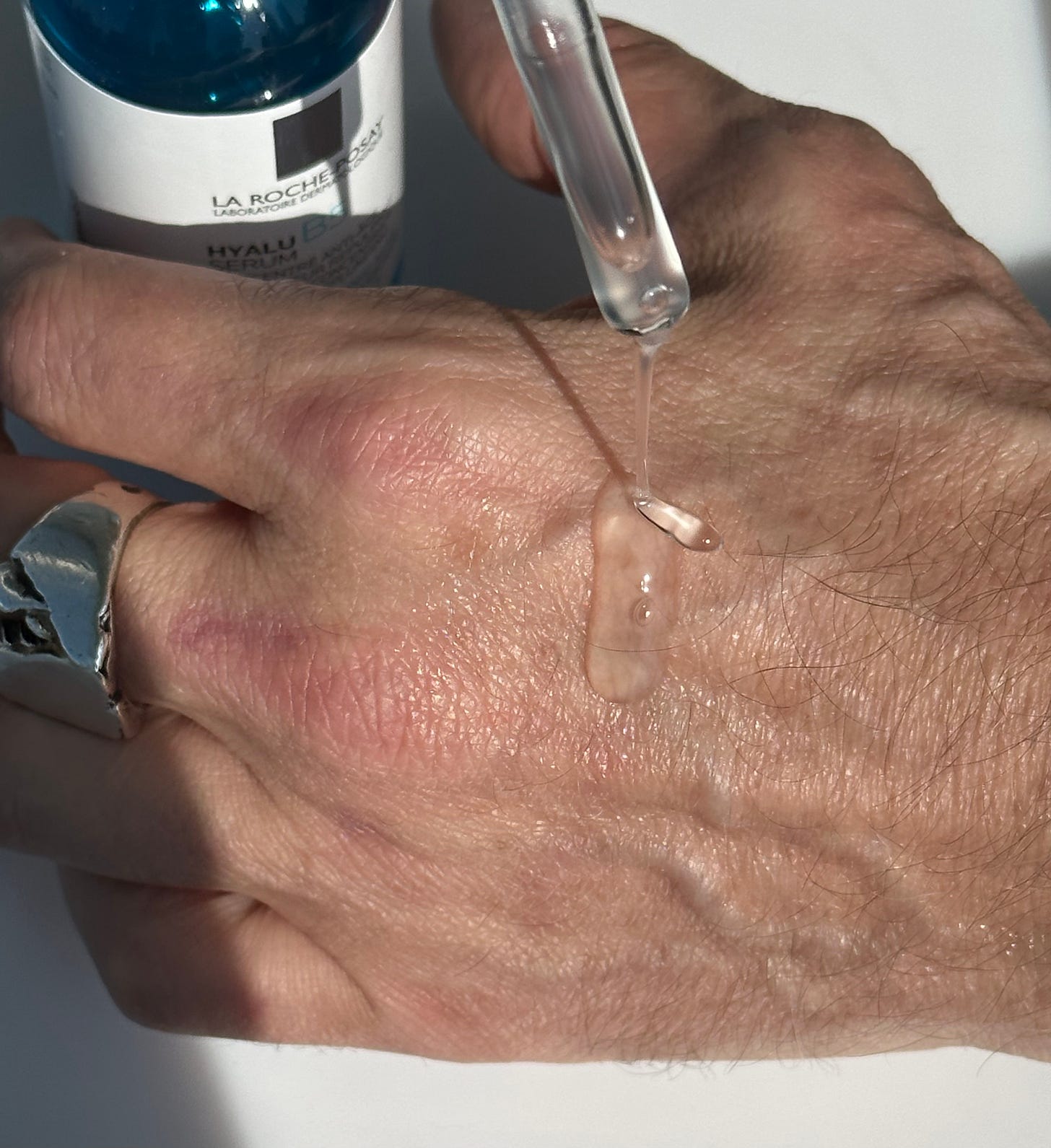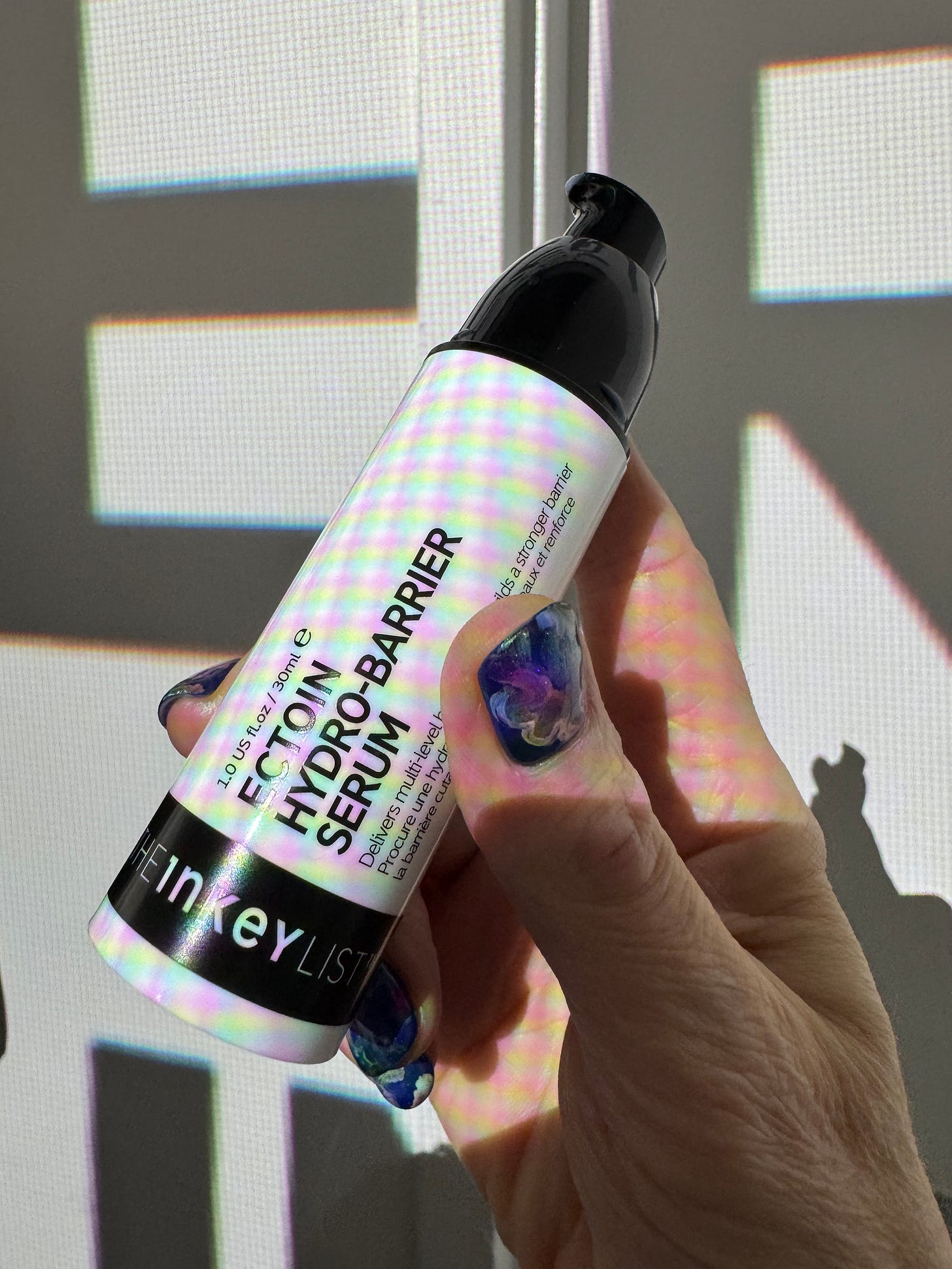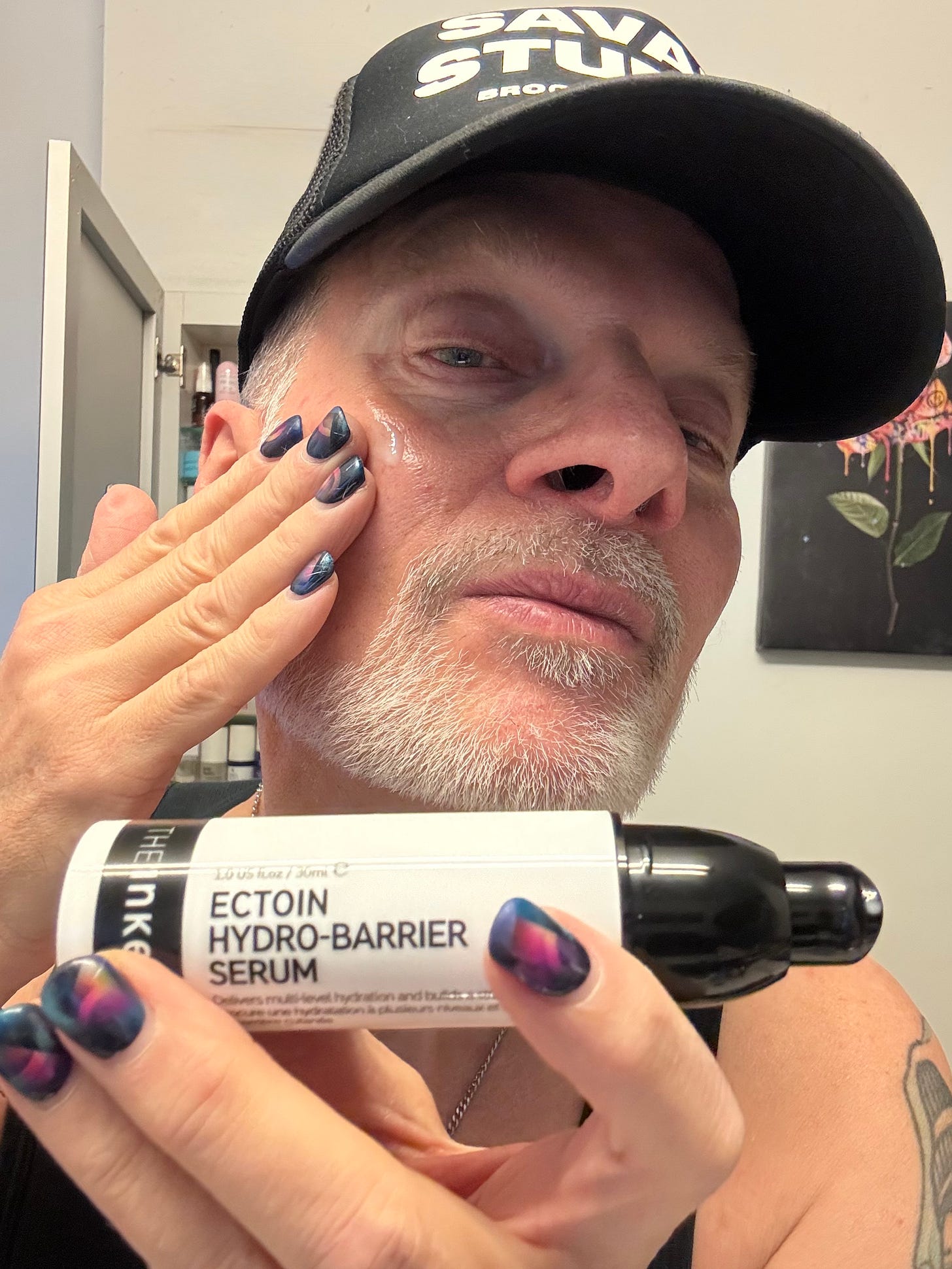The Truth About Hyaluronic Acid and Why It May Be Drying Your Skin Out
How to Keep Your Skin Optimally Hydrated
Hydrated skin is healthy skin.
It’s a simple fact and a central tenet of Korean skincare, or K-beauty. If I were to sum up the entire philosophy of a K-beauty routine, and why Korean women (and many men!) have such clear, radiant and youthful skin, I could do it in two words: hydration and sunscreen.
I’ve talked a lot about sunscreen on the blog – and on my podcast, the Skincarma Pod. Yes, a facial sunscreen is the most important skincare product in any pro-skin health routine. If you’re not using sunscreen every morning, please don’t waste your money on anti-aging products like Retinol creams and dark spot serums. Without sunscreen, the damage just keeps going and going and…
Well, you get the point. But as important as sunscreen is to your skin health, it isn’t the only thing you need to attain and maintain healthy, youthful skin.
Hydration is another piece of the puzzle. The trick is in how you go about hydrating your skin. Like everything else, you have to figure out what works for you – and what doesn’t.
Get this! Hydration doesn’t start with skincare. It starts with the most basic of all things: drinking water. Hydrating from within is the most efficient way to optimize your skin’s hydration levels.
As a rule, you’re well hydrated if you’re drinking an ounce of water for every pound of body weight, every day. I weigh 150 lbs. So I make it a priority to drink 150 ounces of water each and every day.
But what about skincare? How do you optimize your skin health like the Koreans do with topical products? And, importantly, which ingredients work best?
“Skin aging is also associated with loss of skin moisture. The key molecule involved in skin moisture is hyaluronan or hyaluronic acid (HA), a glycosaminoglycan (GAG) with a unique capacity to bind and retain water molecules.”
One component of a healthy skincare routine that keeps your skin optimally hydrated is a toner. Not an exfoliating acid toner; rather, a hydrating toner that is used to drench your skin after cleansing. Hydrating toners and serums infuse the skin barrier with humectants that optimize your skin’s hydration levels by locking in water.
Humectants like centella asiactica, aloe leaf juice, and every marketer’s favorite, Hyaluronic Acid (HA). They’re all tried and true. Newer humectants like Polyglutamic Acid and Ectoin have been trending over the past year.
Personally, I’m obsessed with The INKEY List’s innovative new hydrating serum, the Ectoin Hydro-Barrier Serum. Longtime favorites also include The Ordinary’s Hyaluronic Acid 2% + B5 and the Murad Cellular Hydration Repair Serum.
The 2024 Skincarma Product of the Year: Lion Pose Unspotted 4X Acid Jelly Night Serum
This is my seventh annual Skincarma Product of the Year. It’s crazy to me that I first declared a favorite new product back in 2017. That seems like ages ago!
Groundbreaking product innovations this year will feature two newer humectants: plant-derived Glycogen and Hydroxypropyltrimonium Hyaluronate – a next-generation Hyaluronic Acid derivative designed to penetrate deeper into the skin for longer-lasting hydration.
For now, Hyaluronic Acid remains the go-to. It seems like every skincare marketer’s favorite ingredient. It’s in just about everything. Why? Well, it’s an effective ingredient that instantly hydrates skin, giving the user the impression that the product works immediately. Marketers love when you think their products deliver instant benefits – whether it’s true or not.
HA is also relatively easy to formulate with – and it’s cheap. Score another win for the marketers!
What is Hyaluronic Acid and what does it do?
Hyaluronic Acid (HA) is a naturally occurring substance found in the human body, and particularly in your skin, joints, and connective tissues. HA plays a crucial role in maintaining and optimizing your skin’s hydration levels.
HA works by attracting and binding to water molecules, essentially locking water in the skin. This simple, natural process increases skin’s moisture content and prevents trans-epidermal water loss (TEWL) through the skin barrier.
But HA also plays an important role in skin aging. According to the National Library of Medicine at the NIH, “Skin aging is also associated with loss of skin moisture. The key molecule involved in skin moisture is hyaluronan or hyaluronic acid (HA), a glycosaminoglycan (GAG) with a unique capacity to bind and retain water molecules.”
This is why it is essential to assure optimal hydration levels in your skin. Hyaluronic is one way to do this.
Sources: Cleveland Clinic - Hyaluronic Acid; Healthline - Why Science Says Hyaluronic Acid Is the Holy Grail to Wrinkle-Free, Youthful Hydration; NIH, National Library of Medicine, PubMed Central - Hyaluronic acid: A key molecule in skin aging
Here’s the thing about Hyaluronic Acid though. It doesn’t work for you if you don’t use it correctly. Hyaluronic Acid and other humectant molecules hydrate your skin by attracting and binding to water molecules like a magnet.
Those same skincare marketers love to claim that HA “holds 1,000 times its weight in water” and that it “draws water from the air.” The first claim is unsupported nonsense and the second claim is misleading.
In fact, a 2023 study found that high-molecular weight Hyaluronic Acid absorbed only 30 times its weight in water; low-molecular weight HA absorbed 20 times its weight in water. That’s a far cry from the 1,000x that marketers have perpetuated for years.
While HA may pull water from the air to your skin, it can’t do that if the air is dry – as in the low-humidity months of winter. And, as the Hyaluronic Acid is absorbed into the uppermost layers of your skin (it can’t go very deep), the place where it’s drawing water from isn’t necessarily the air; it’s from the skin itself.
The water that it’s drawing from is stored deep down in the dermis, below the epidermis and the surface layer of the skin – your skin barrier. It’s not a stretch to imagine that Hyaluronic Acid draws water to the surface from below more easily than it pulls water into your skin from the air – especially if the air is dry.
So essentially what you’re doing when you apply a humectant like HA is to pull water up to the skin barrier. This gives you the impression that your skin is more hydrated, plump and soft because it feels more hydrated, plump and soft. Again, the stuff a marketer’s dreams are made of.
And here’s the clincher: because the water is now closer to the surface, it can more easily escape into the dry air around you. This is referred to as trans-epidermal water loss, or TEWL – a leading cause of dehydration. Just as damp towels dry more quickly in the dry air of winter, so does your skin.
The trick is to “lock and block.” Lock hydration in with humectants like Hyaluronic Acid, Ectoin and Polyglutamic Acid and block water loss through the skin barrier with lipids like ceramides and fatty acids – as well as emollient plant oils.
I always recommend pairing a hydrating serum with a well-formulated lipid-replenishing moisturizer. Favorites include Untoxicated’s Moisture Boost Hydrating Cream, The INKEY List’s Bio-Active Ceramide Repairing and Plumping Moisturizer and the Skinfix Triple Lipid-Peptide Cream.
You can find reviews of the best hydrating serums and face creams for dry skin on my blog here.
Remember – drink plenty of water and don’t forget sunscreen!
Product links:
The INKEY List Ectoin Hydro-Barrier Serum
The Ordinary Hyaluronic Acid 2% + B5
Murad Cellular Hydration Repair Serum
Untoxicated Moisture Boost Hydrating Cream
The INKEY List’s Bio-Active Ceramide Repairing and Plumping Moisturizer
Skinfix Triple Lipid-Peptide Cream


